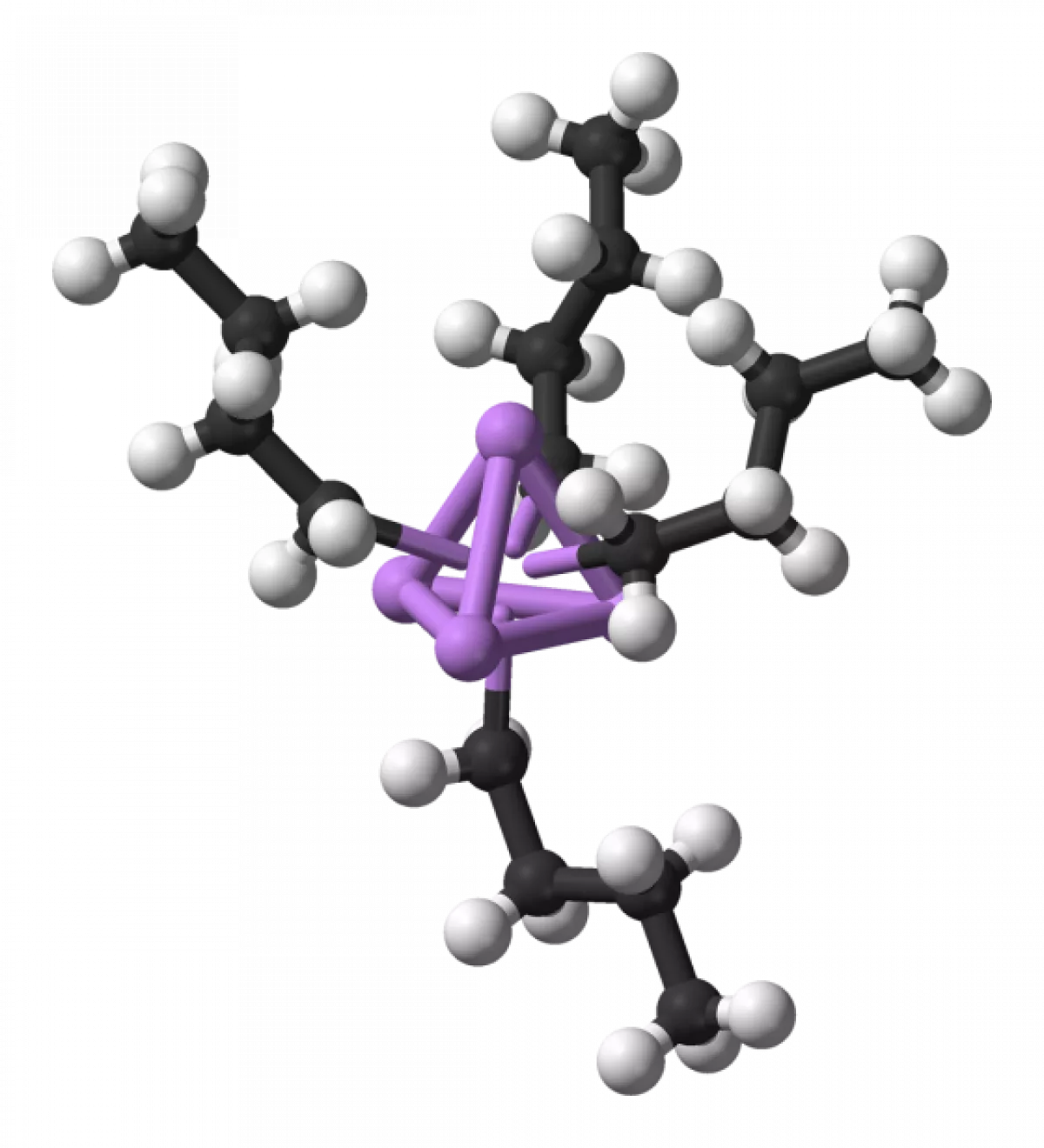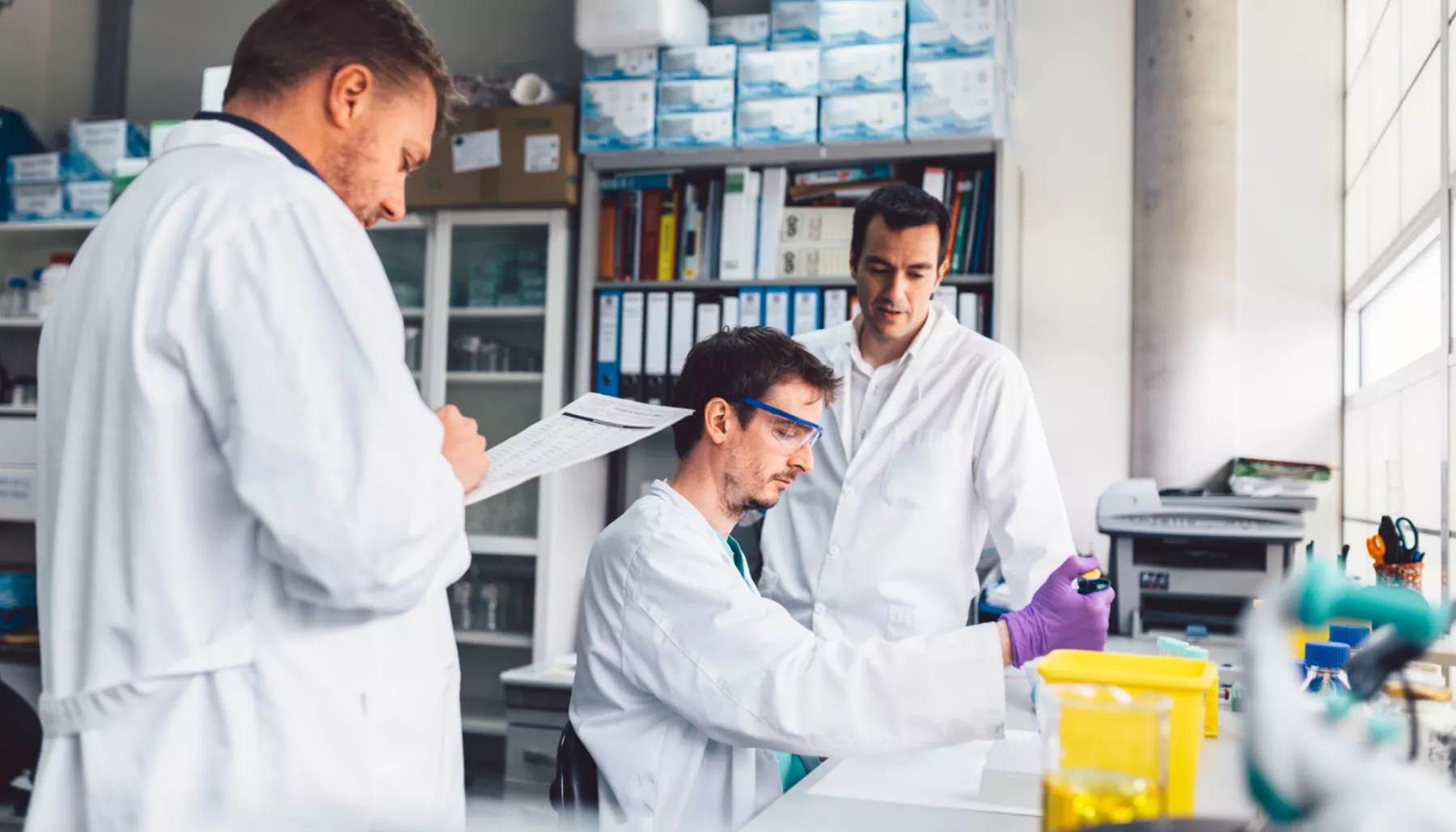A question we often hear is, “So, exactly what is Microban?” Due to the depth of this question’s answer, we discuss the components that make up Microban antimicrobial solutions, how treatments are designed and what antimicrobial protection means for treated products.
Addressing Unwanted Microbial Growth
Simply put, microbes are everywhere and can develop in any ecosystem. However, some microbes produce mold, mold spores and mildew. These microbes can grow quickly, gradually damaging the surfaces of its host. Microbial reproduction in homes, commercial buildings, food prep areas, clothing and other textiles, is an unwelcome occurence. At Microban, we maximize our chemistry and microbiology talents to engineer antimicrobial solutions that minimize the odors, stains and product degradation caused by microbes.
Utilizing industry-leading technologies and best polymer chemistry practices, Microban designs unique antimicrobial solutions for individual partner products. Our experienced staff determine the chemical makeup of each antimicrobial solution based on a product’s uses, applications and likely environments. For instance, textile materials like workout clothing require a higher concentration of stain-resistant agents whereas building materials such as HVAC and air filtration products demand more odor-inhibiting agents. Polymer methodologies used in antimicrobial solution design include:
- Organic Chemistry: The sub-discipline of structurally diverse chemistry involving carbon and hydrocarbon compounds found in organic or manmade materials. Organic chemistry is helpful in the making of plastics and paints, allowing Microban to focus on optimal mold resistance in items such as food storage containers and residential painting material.
- Inorganic Chemistry: Because organic chemistry concerns compounds including carbon particles, inorganic chemistry studies all other chemical elements that create compounds not containing carbon. Applicable in any chemical industry, inorganic chemistry assists in surface coating creation. At Microban, our chemists utilize their inorganic material science knowledge to formulate powder and liquid coatings for furniture, countertops and hardwood flooring.
- Organometallic Chemistry: A third chemistry sub-discipline surrounding compound bonding between carbon and metal elements, organometallic chemistry combines both organic and inorganic chemistry practices. This form of chemistry can be quite complex and is commonly used in homogeneous catalysis.

n-Butyllithium1 - Organometallic Compound example pictured here.
The Antimicrobial Product Development Process
With these tools, our engineers produce long-lasting antimicrobial solution compounds that keep product surfaces cleaner throughout their expected lifetimes. After testing and experimenting with numerous suitable compounds in our analytical labs, Microban identifies the ideal additive mixture that best protects each product. The solution is then infused with the product during its normal manufacturing process for streamlined production. This ensures every antimicrobial solution protects products from the inside out, on a cellular level. When treated surfaces are exposed to mold, mildew, stain or odor-causing agents, Microban protection disrupts cellular activity, inhibiting microbial reproduction.
We encourage partners to include themselves throughout the product development cycle, so we can educate them on exactly what Microban is and how our unique compounds increase product protection, value and diversity.
Discover More
To learn more about what Microban is, what we do or the value our antimicrobial solutions can offer, feel free to contact us today for more information.
1 – Wikipedia - [Source]


